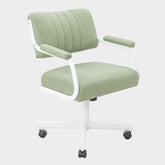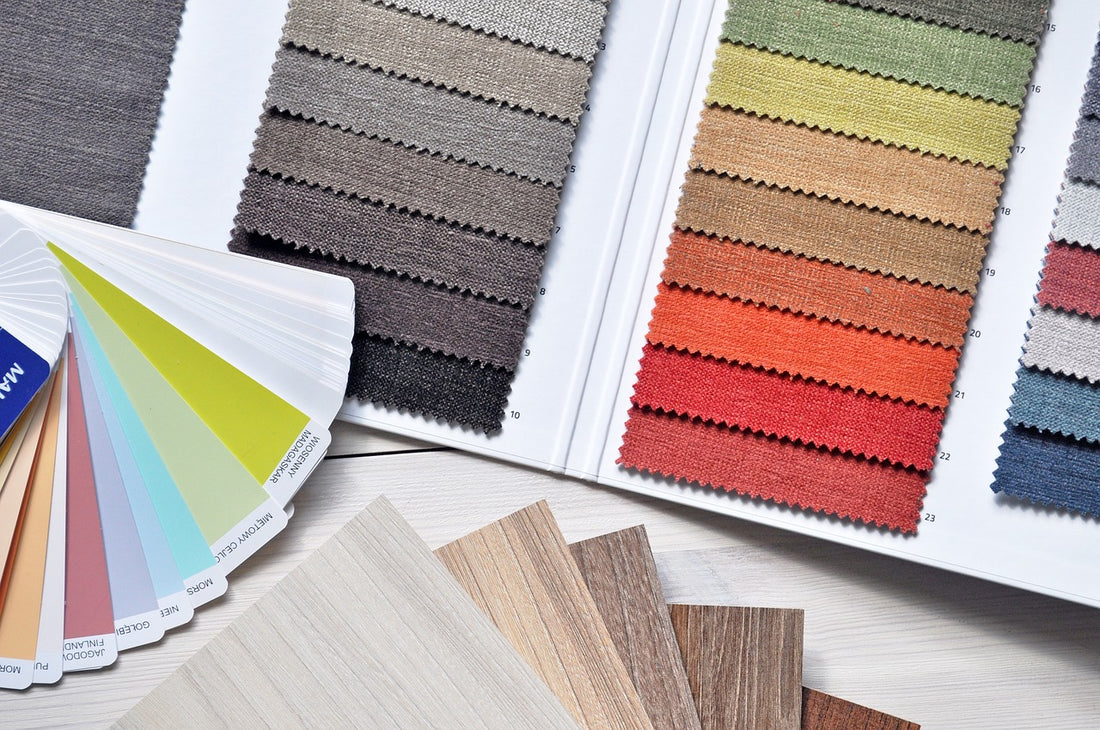In the realm of interior design, the significance of color goes beyond mere aesthetics; it plays a pivotal role in shaping the atmosphere and emotional resonance of a space. Understanding the principles of color psychology empowers homeowners to create environments that not only look appealing but also evoke specific emotions and moods.

Colors have the remarkable ability to influence our perceptions and feelings. For instance, warm hues like reds and yellows are known to stimulate energy and passion, making them ideal for spaces that encourage sociability and lively interactions, such as the living room or dining area. On the contrary, cooler tones like blues and greens evoke calmness and tranquility, making them well-suited for bedrooms or home offices where relaxation and focus are paramount.
When crafting a color palette for different rooms, consider the intended purpose and desired ambiance. For a serene and sophisticated bedroom, a palette of muted blues and soft neutrals can create a tranquil retreat. In contrast, a vibrant and energetic kitchen may benefit from warm tones like sunny yellows or lively greens to enhance the lively and communal nature of the space.
Choosing the right colors involves a careful balance between personal preferences and the functionality of the space. As an interior decorator, I often advise clients to start by identifying their preferred color schemes. Take note of colors that resonate with you emotionally or those that you find visually appealing. Additionally, consider the existing furniture and décor elements in the room, ensuring a harmonious blend of colors.
Here are a few tips to guide you in incorporating color psychology into your interior design:
-
Create Cohesion: Maintain a sense of cohesion throughout your home by using a consistent color palette. This creates a flow between rooms, establishing a unified and visually pleasing environment.
-
Consider Lighting: Keep in mind that natural and artificial lighting can significantly affect the way colors are perceived. Test paint samples in different lighting conditions to ensure the chosen colors maintain their desired effect.
-
Accentuate with Neutrals: While vibrant colors can add personality, neutrals like whites, grays, and beige act as versatile anchors. Use them as a base for walls and larger furniture pieces, allowing colorful accents to pop.
-
Personalize with Accents: Infuse your personality into the design by incorporating accent pieces in your favorite hues. Whether through throw pillows, artwork, or decorative accessories, these touches add a personal and inviting touch to your space.
By delving into the principles of color psychology, homeowners can unlock the transformative power of color in interior design. Thoughtfully chosen color palettes not only enhance the visual appeal of a home but also contribute to a harmonious and emotionally resonant living environment.









